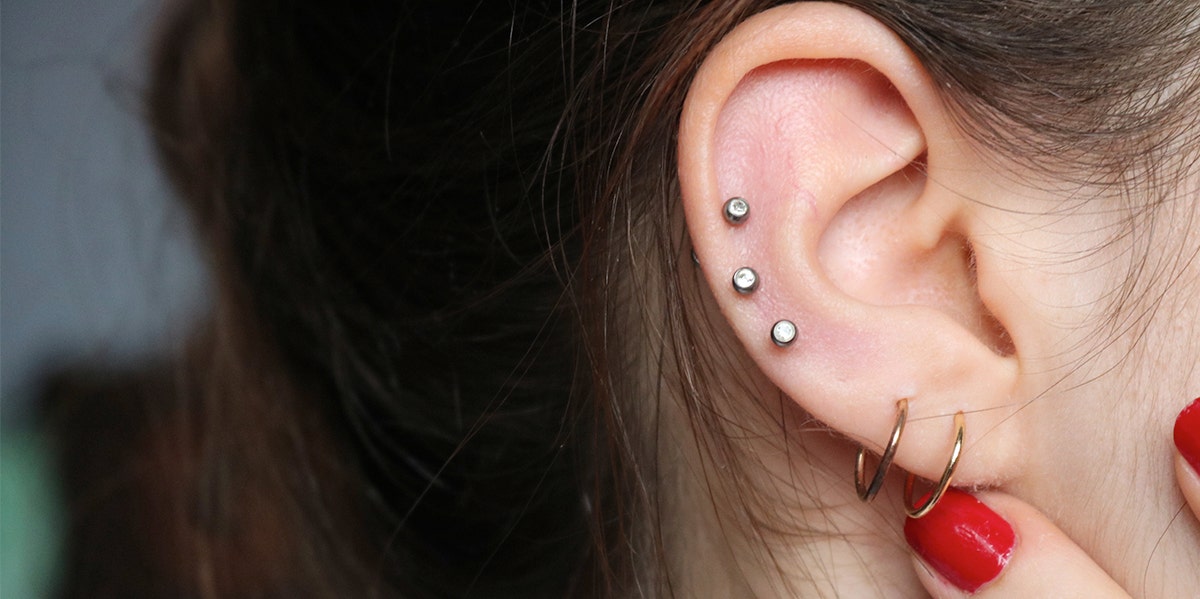If You Have A Tiny Hole Above Your Ear, This Is Why
Some people get all the cool evolutionary leftovers.
 Yasemin G / Shutterstock
Yasemin G / Shutterstock In case you’re unaware, the human body is both a wonderful, magical place... and also a disgusting horror show.
How it manages to be both at the same time is pretty much a testament to all of the changes that the human form has gone through since time immemorial.
In one way or another, we have a “typical” shape and normal perception of what the parts of a human body should look like, but there are a series of bits and pieces of our historical ancestors that get to stay trapped inside, floating around.
But some people get to show off those hidden gems in their DNA.
And if you’ve got a tiny hole over one or both ears, then you are one of the lucky few who can!
This tiny hole is what evolutionary biologist Neil Shubin believes is a throwback to when our ancestors were first coming out of the water. According to him, they are an “evolutionary remnant of fish gills,” which is pretty amazing if you think about it.
However, this theory has yet to be scientifically tested, so don't go embracing your half-fish life just yet.
It’s what’s known as a preauricular sinus (or also a pit or fissure), which is a hereditary birth defect — meaning it can be passed down from parents to their children — and was first documented by a scientist by the name of Van Heusinger way back in 1864.
They can occur on one or both sides of the ear. The tiny hole or holes are attached to a sinus tract that shouldn't be there, hence why it's often called a preauricular sinus.
The tiny hole known as the preauricular sinus appears on the upper ear and is between the face and the cartilage of the ear's rim.
It is also not entirely clear how much of the population is affected by having preauricular pits.
A 2012 study done by the AAFP found that it's as little as up to one percent of babies who have preauricular sinuses. However, other evidence suggests that in Africa, that number may be as high as ten percent.
While there’s nothing wrong with having a preauricular sinus and people who have them don't experience any kind of abnormal symptoms, they do sometimes get the nasty habit of becoming infected, but it can be cleared up with some simple antibiotics.
So, if you or one of the people you know have one of these preauricular sinuses, then you should be happy! You’re one of a very select few who are flaunting one of the prehistoric changes our bodies have been through over the years.
Merethe Najjar is a professional writer, editor, and fiction author. Visit her website, MeretheWalther.com, or follow her on Twitter and Facebook.
Editor's Note: This article was originally posted in November 2016 and was updated with the latest information.

